Duplex Worms Gear
High-precision duplex worms with superior strength. A range of backlash values can be obtained by moving the worm axially.
Duplex Worms Gear
A duplex or dual lead worm is a worm gear(Duplex Worms Gear) set where the two flanks are manufactured with slightly different modules and diameter quotients. As a result, different lead angles on both tooth profiles are obtained so that the tooth thickness continuously increases all over the worm length while the gap between two threads decreases. This allows control of backlash.
At the worm wheel, the different modules result in different addendum modification coefficients and rolling circle diameters at both flanks. Because of this, the profiles are other at the front and the rear side. The thickness of each tooth and the tooth gaps remain constant at the wheel’s circumference.
Backlash adjustment is made by shifting the worm axially so that the section of the worm with the needed tooth thickness will be in contact with the wheel, giving the desired backlash (fig. 1).
This way, backlash can be easily adjusted to any desired value when mounting the gear. Even worn gears can be readjusted delicately and continuously without modifying the tooth contact or creating meshing interference.
Besides the above-explained duplex method, there are various possibilities to adjust the backlash of worm gears:
- variation of center distance by rotating an eccentric hub, in which the worm shaft and the worm gear wheel are cradled
- axial shifting of a conical worm (fig. 2a)
- division of the worm in two halves (fig. 2b), to be rotated or shifted relative to each other. (system Ott)
- division of the wheel in two disks (fig. 2c), to be turned close to each other.
Duplex Worms Gear
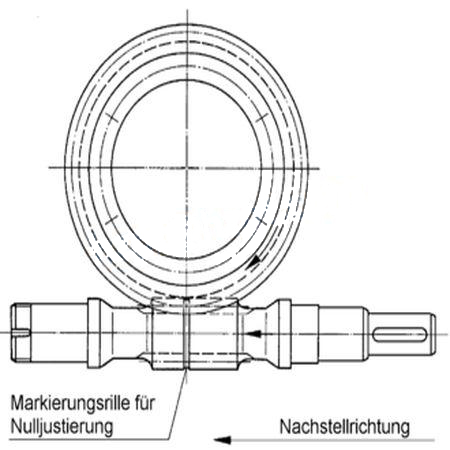 |
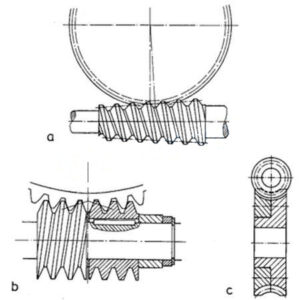 |
| Fig.1 | Fig.2 |
However, all these methods demonstrate substantial disadvantages:
- adjustments and readjustments are interfering with the geometrically accurate meshing.
- They shift the contact profile zone and change its form and size.
- With this, they decrease the load-carrying capacity and deteriorate efficiency.
- Each adjustment causes a tremendous amount of start-up wear.
- The dangers of improper assembly and destruction of the worm gear set are incredible.
Duplex gearings do not create this kind of problem.
They always permit geometrically accurate teeth contact and, beyond that, very delicate backlash adjustment. The evolved contact area, the load-carrying capacity, and the actual efficiency are affected. In addition, as duplex teeth are executed as the involute gear, they are insensitive in regards to modifications of the center distance, e.g., caused by worm shaft deflections.
Point of caution during assembly
Duplex worm gears differs in the module between the right and left tooth surface; therefore, you must orient the worm and worm wheel properly. Please carefully verify the following two aspects before proceeding with assembly.
1. Verifying the orientation of the assembly
An arrow indicating the orientation of assembly is stamped on both the duplex worm and worm wheel. When assembling the worm and worm wheel, check the worm wheel of the arrow mark on the front such that the direction of the arrow mark on the worm coincides with that on the worm wheel. Should the assembly be incorrect, the center distance “a” will become more significant than the average distance, resulting in the difficulty of the group and improper gear engagement. (Fig.3)
Fig.3 Arrow mark indicates the correct orientation of two gears when assembled. As shown, the two arrows must point in the same direction.
2. Verifying the reference position
A V-groove (60 ゜, 0.3 mm deep line) on the tip peripheral of the duplex worm tooth marks the reference tooth. The gear set is designated to have a backlash of nearly zero ( ± 0.045) when the reference tooth is positioned in alignment with the center of rotation of the worm wheel with the center distance set at the value “a.” (Fig.4)
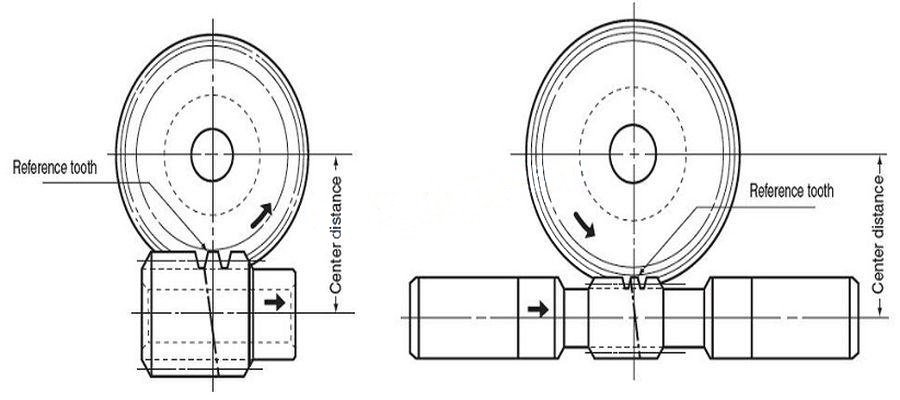
Applications
Duplex worms are mainly utilized where any backlash is unwanted or can be harmful, to maintain repeated high precision positioning in both directions, to prevent impulse loaded damage, and when the contact flanks are alternating. Typical applications include rotary and tilting tables, milling machines, and presses.

Packing Shipping Delivery
  |
 |
|
 |
 |
|
How to choose power transmissions parts and industrial products which meet our requirement
| Chains | Sprockets | Pulleys | Timing belt Pulley | V-belt Pulley |
| Sheaves | Coupings | Bush &Hub | Gear& Rack | V-Belt |
| Locking Assembly | Pulley | Gearbox | Reducer | Shaft Collar |
| Rod End Bearing | Clevis | PTO | Chain Guide | Belt Guide |
| Rubber Buffer | Chain Tensioner | PTO Drive Shafts | Universal Joints | Roller Chains |
| Conveyor Chains | V-Belts | Worm Gearbox | Helical Gear | Worm |
| Agricultural Chain | CNC Proces Parts | Casting | Stamping | |
| Powder Metallurgy | CNC Proces Parts | Casting | Stamping |
What Products Do you sell ?
We are a group of factories, give customer one stop solution of power transmission and industrial products. We are in the position to supply wide range of products, including chains, sprockets, v-belt and v-belt pulleys, timing belt and timing belt pulleys, gears, speed reducers, motors, racks, couplings, and many other parts, like locking assembly, taper bushing, Chain guide, shaft collar, torque limiter, cam clutch, universal joint, motor base and motor slide, rod end, clevis, rubber mount, etc. We make special parts according to drawings and/or samples.
How to choose a gearbox which meets our requirement?
You can refer to our catalogue to choose the gearbox or we can help to choose when you provide
the technical information of required output torque, output speed and motor parameter etc.
What information shall we give before placing a purchase order?
a) Type of the gearbox, ratio, input and output type, input flange, mounting position, and motor informationetc.
b) Housing color.
c) Purchase quantity.
d) Other special requirements.
What industries are your gearboxes being used?
Our gearboxes are widely used in the areas of textile, food processing, beverage, chemical industry,
escalator,automatic storage equipment, metallurgy, tabacco, environmental protection, logistics and etc.
What is the producing process?
Production process including raw material cutting, machine processing, grinding, accessories cleaning, assemble, cleaning, stoving, oil coating, cover pressing, testing, package.
How to control the products quality?
Combining advanced equipment and strict management, we provide high standard and quality bearings for our customers all over the world.
What is the transportation?
-If small quantity , we Suggest to send by express, such as DHL,UPS, TNT FEDEX. If large amount, by air or sea shipping.
Can we design packaging?
-Yes. Default is regular packing, and we can make customer's own packing.
Can you provide OEM service?
-Yes, we work on OEM orders. Which means size, quantity, design, packing solution, etc will depend on your requests; and your logo will be customized on our products.
Can you give me discount on Power Transmissions Parts and Industrial parts?
-Yes, of course. Pls. send me your Email, you'll get more
Q: Are You a trading company or a manufacturer?
A: We Are the factory and have our Own trading company
Q: How Can I get an offer?
A: please send US quotation information: drawings, materials, weight, quantity and requirements, we can accept PDF, ISGS, DWG, STEP file format. If you don't have the drawings, please send us the samples, we can also quote you according to your samples.
Q: What is your minimum order size?
A: it is usually 100 pieces, but a low quantity is acceptable under some special circumstances.
Q: Do you provide samples? Is it free or extra?
A: Yes, we can provide samples free of charge, but we don't pay the freight.
Q: What is the lead time for mass production?
A: honestly, it depends on the number of orders. Normally, if you don't need the tools, deposit them after 30 days or so.
Q: What if the parts don't Work?
A: we can guarantee the quality, but if it happens, please contact us immediately, take some photos, we will check the problem and solve it as soon as possible.
Q: What are your terms of payment?
A: payment is less than US $1000,100% in advance. Payment: $1000,50% wire transfer in advance, balance before shipment,Other Terms of payment are negotiable

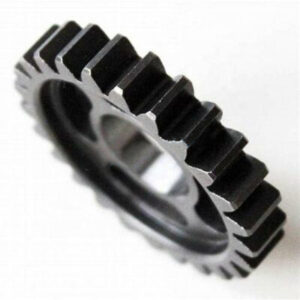
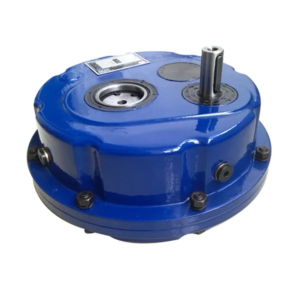
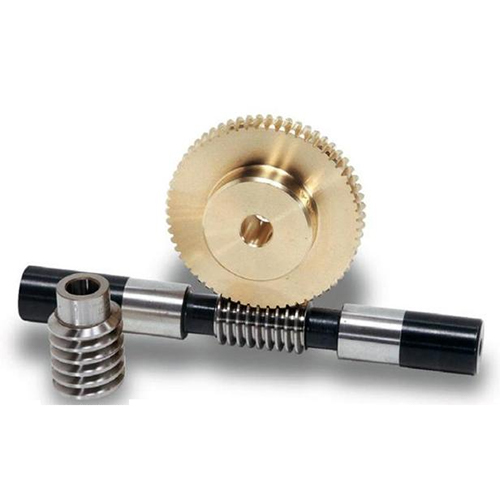
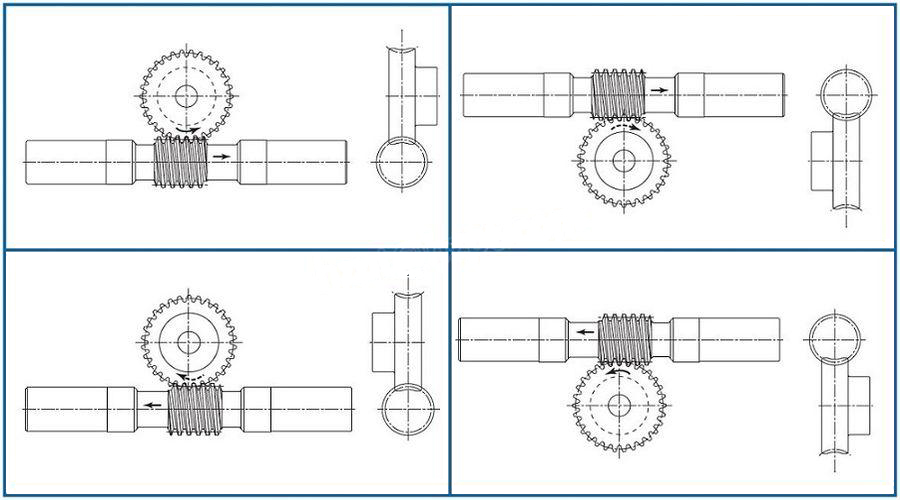
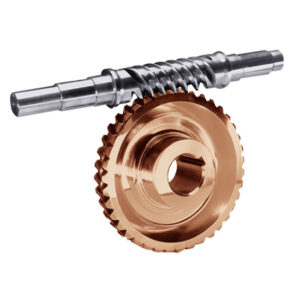
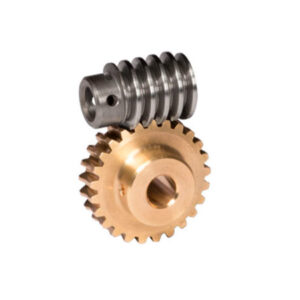
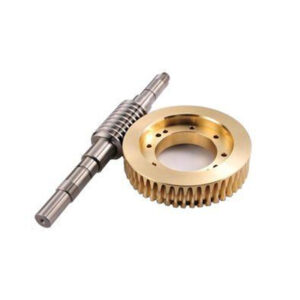
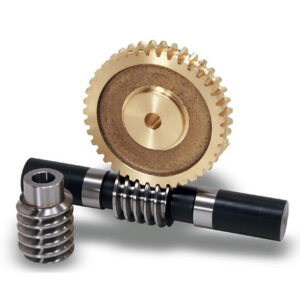
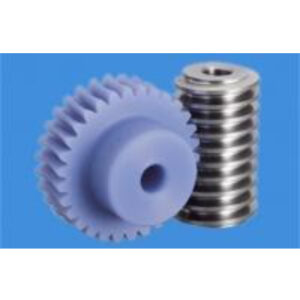
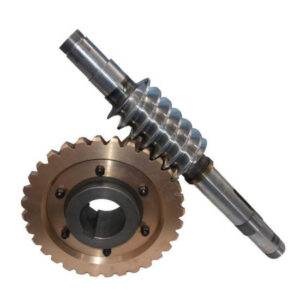
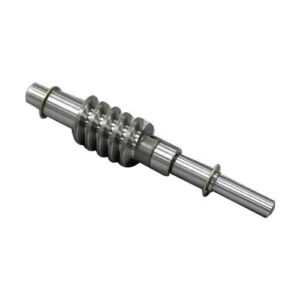
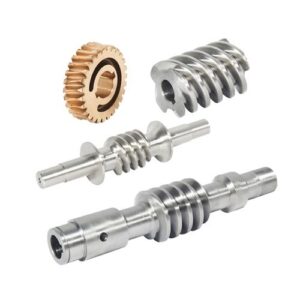
Reviews
There are no reviews yet.